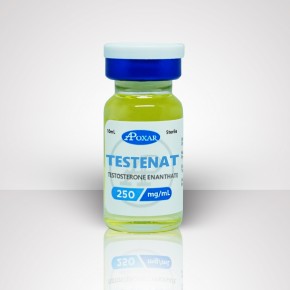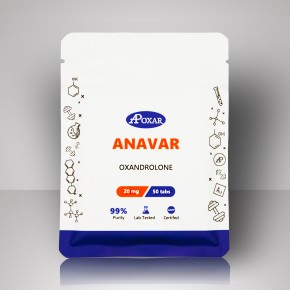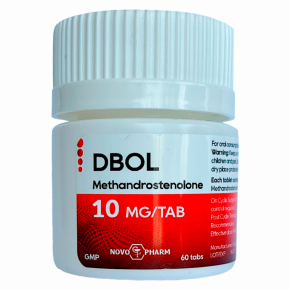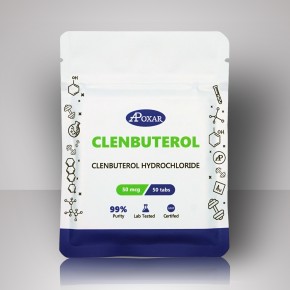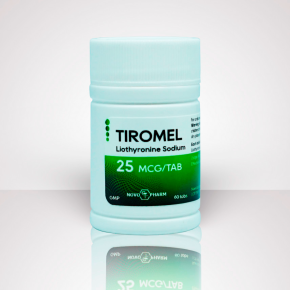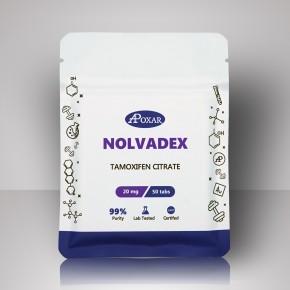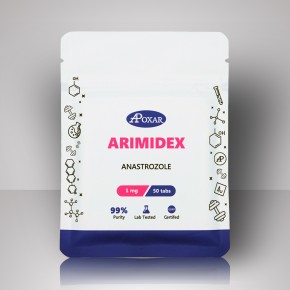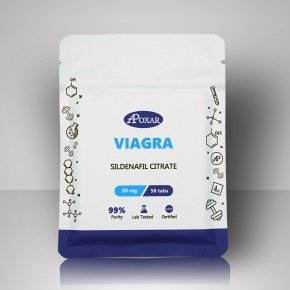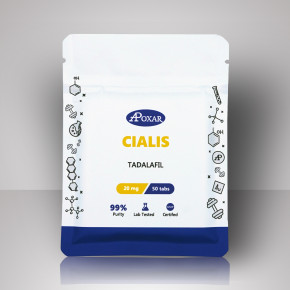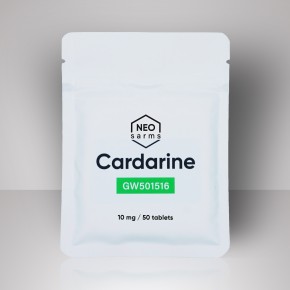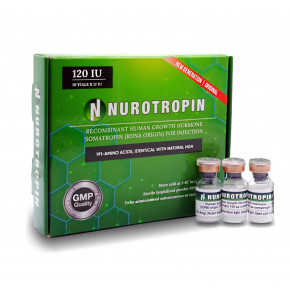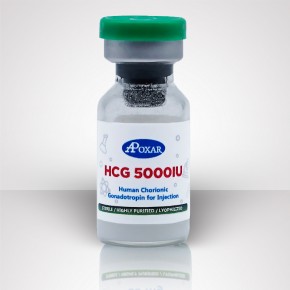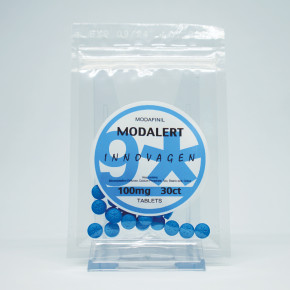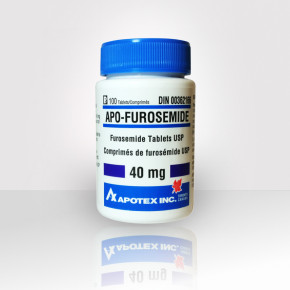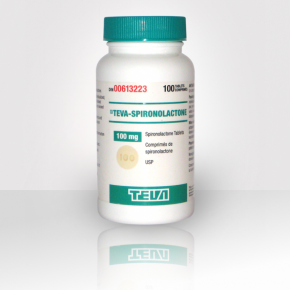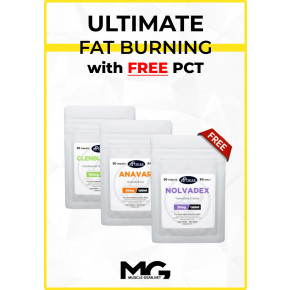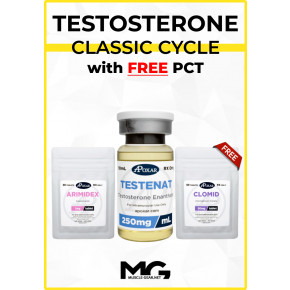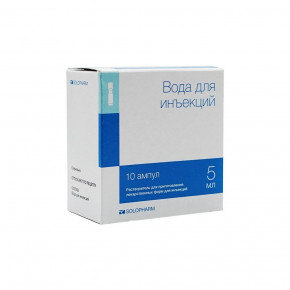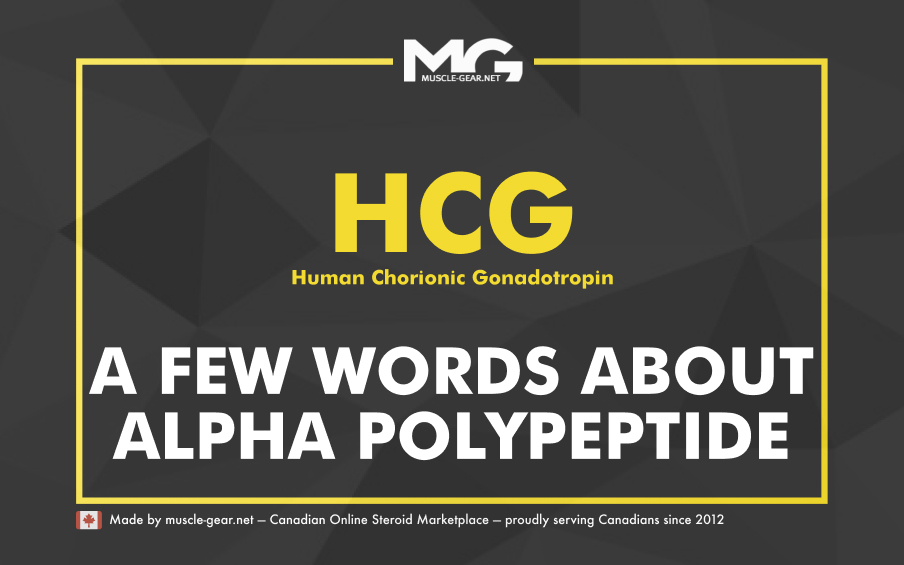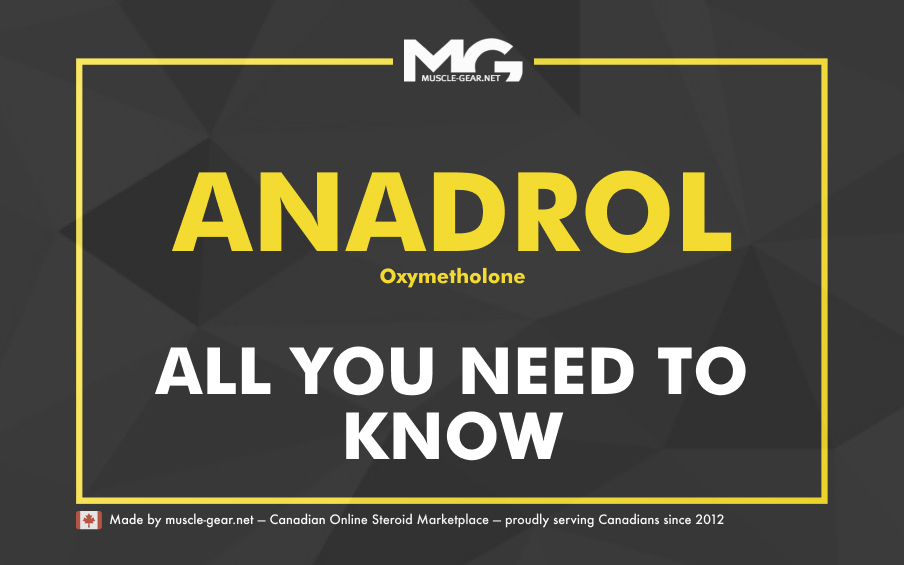IGF-1 - Insulin-like growth factor
Insulin-like growth factor - 1 (it is also known as somatomedin, IGF-1) – is biologically active peptide, formed mainly in the liver and muscles; it is an important mediator of growth hormone action. It has anabolic effect and starts muscle hyperplasia.
The use in bodybuilding
When the drug under the name "insulin growth factor" was studied, there was not a person who wouldn’t treated the results skeptically. The results obtained were quite unexpected. In any case, they contradict the usual understanding of the insulin-like growth factor effectiveness in many respects. Although the experiment is still going on and its ending is far enough, we could not resist to introduce you some of its preliminary conclusions. Let’s put it this way: insulin - like growth factor does not just work, it works GREAT; Bodybuilders don’t just need it, it is essential for them. This is especially true in case of older athletes.
IGF-1 LR3. Injections are more often made each day in a single dose of 50-150 mg. Desensitization develops in about 3-4 weeks of the cycle.
IGF-1 is DES. Injection of 50-150 mg may be introduced several times a day, especially before and after exercise. The average duration of the course is up to 4 weeks. Injections are made in an underdeveloped muscle group, although the effectiveness of this approach is in doubt.
Effects
The two things were the most unexpected. Firstly, we can already almost with absolute certainty tell that the insulin-like growth factor does not affect the power indicators growth. The main advantage of this growth factor is stimulation of muscle fibers hyperplasia. And with this task it copes great. For older athletes the initiation of fibers hyperplasia is a very difficult (if it is possible at all) task. And, in this case, the help of IGF-1 is in fact the only way.
Conclusions
The optimal dosage of IGF-1 can be considered 100 micrograms per day; Indeed, such a dosage is suited for almost all (except athletes with extremely low weight), and higher dose is an excess, while lower dose – is not enough. Injections of IGF-1 may be both local and systemic - one does not exclude the other. The former one is in priority, if it is necessary to stimulate local growth of muscles. The latter one has beneficial effect on the body in general, helping to get rid of the subcutaneous fat.
However, researches in this area are continuing. In what we can be a hundred percent sure, that the daily injections of IGF-1 are not only unnecessary, but also undesirable. The optimal solution would be 2-4 injections per week during the training.
But there is something not very good. It is oddly enough, but the negative features of the IGF-1 flow out its advantages.
Thus, the stimulation of muscle growth means growth stimulation of various kinds of tumors, if any are in the body. Well, if the tumor is benign, it is still all right (although is not very good), but if malignant…
Another advantage of IGF-1is its beneficial effect on the cardiovascular system, in particular, the recovery of the heart muscle. But everything here is about the same as in the case when heart sufferers are taking nitroglycerin - this drug can stop an attack of angina, but can lead to a sharp increase of myocardium demand in oxygen and cause a stroke.
Something similar is also observed in the case of IGF-1: the same myocardium oxygen demand is sharply increased during its taking. If you, in addition, use the ‘boosters’ of nitric oxide, then, at least, shortness of breath during intense training is almost guaranteed to you.
IGF-1 Usage
Preliminary conclusions
Conclusion №1, Like it or not, but IGF taking is better with testosterone or other anabolic steroids. If this growth factor is solo, it is necessary to provide a solid support in the form of clenbuterol, insulin (15-20 ME dose 1-2 times a week should be sufficient), or maybe Tribulus.
Conclusion №2. It is necessary to make significant corrections in the nutrition process; it is essential to add creatine (at least in the days that go without injections of IGF-1) to the diet. Probably, you should increase the amount of carbohydrates in the diet, perhaps even fast-digestive ones, during this period.
Conclusion №3. It is obviously that courses with the IGF must be shorter, even if injections are used in a day. Most likely, it is not more than two weeks.
Conclusion №4. And finally, training. Pumping is known for its merciless attitude to glycogen. Perhaps the classic pumping is not worth doing, but you can invent some substitute to it. And perhaps, it will be useful to reduce the period of IGF up to two weeks (in the weeks without IGF-1 you should return to normal training). As it was said, these are only preliminary conclusions.

 Trusted by 50,000 Customers
Trusted by 50,000 Customers